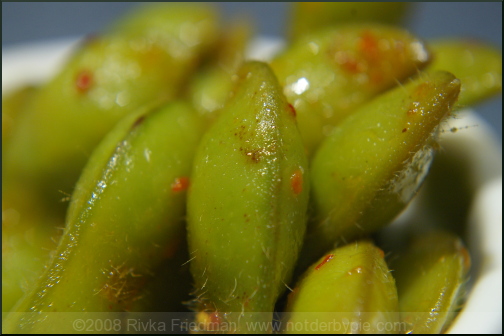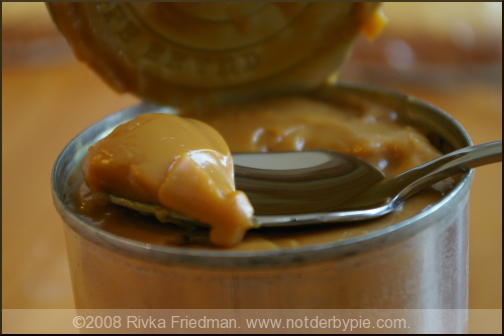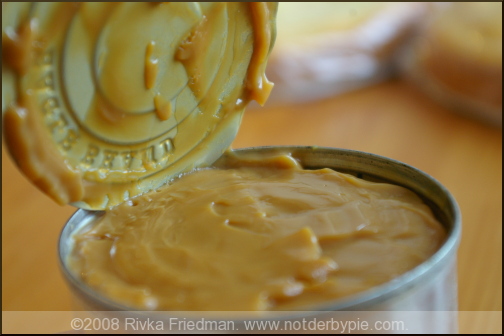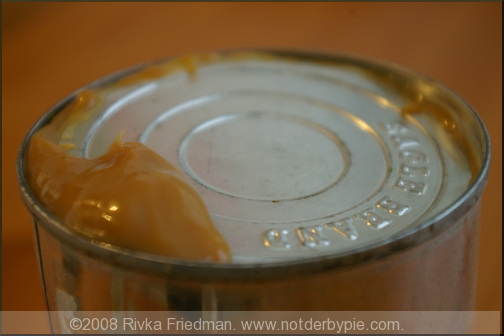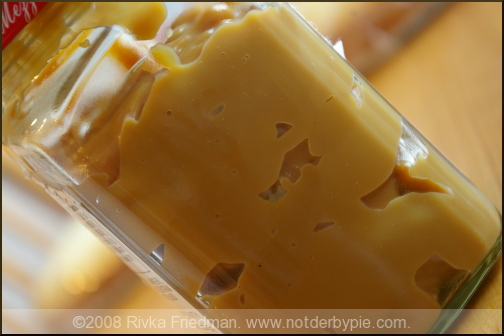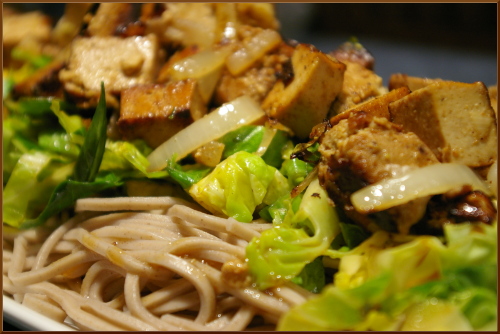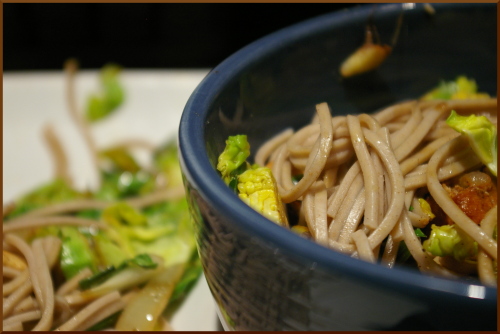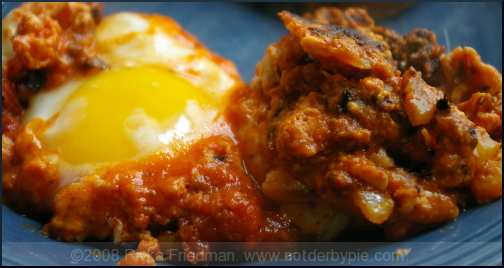 To say I love shakshuka is both a huge understatement and slightly misleading. How's that? Well, I more than love shakshuka; it's one of my absolute favorite breakfasts, lunches, and dinners, and hell, snacks. When D and I can't agree on what to put in the omelet or pancakes, I just say "shakshuka?" and everyone shuts up. (Usually.)
To say I love shakshuka is both a huge understatement and slightly misleading. How's that? Well, I more than love shakshuka; it's one of my absolute favorite breakfasts, lunches, and dinners, and hell, snacks. When D and I can't agree on what to put in the omelet or pancakes, I just say "shakshuka?" and everyone shuts up. (Usually.)
However, I like shakshuka my way. And my way is... well, my way is delicious, but it's not really shakshuka. Traditional shakshuka is an Israeli dish comprising sunny-side-up eggs in a spicy, onion-y tomato sauce. That's how I make it for D, but not for me. Please don't yell or scream or call me a fake foodie, but I don't like runny eggs. I know they're delicious and wonderful and life-changing for many-a-gourmet, but I'll have my eggs rubbery as leather and burnt on the outside, thank you very much. Scoff if you must.
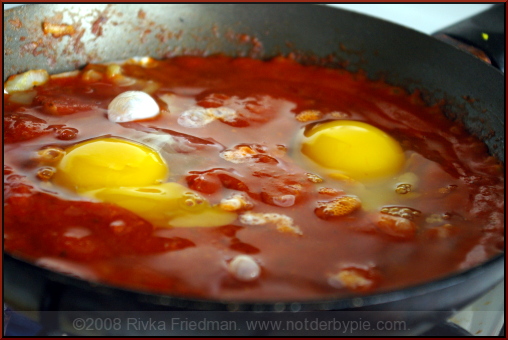
Shakshuka is easily fixed to my liking: about 2/3 of the way through the cooking process, after the egg has developed what know-it-alls call a skin, I go at it with a fork and break up the scary bits of ooziness into the sauce. Some of it mixes in with the sauce, and some stays separate; the end result is a bit of scrambled egg in a fantastically thick tomato sauce. And a happy Rivka.
Until yesterday, I'd been making shakshuka with whatever tomato sauce I had lying around and few, if any, additions. However, recently I took a field trip during my lunch break to Penzey's Spices (only the best freakin' spice shop ever ever ever, in my humble opinion. But don't trust me -- just ask the experts.) Among my treasures was a bottle of aleppo pepper, which has got a nice bite, lovely fruity and floral aromas, and an addictive flavor. I added some to my shakshuka this morning and will be doing so from now on -- it was a wonderful addition to an already great dish! If you don't have aleppo pepper just lying around your house, tsk tsk. Kidding. Just use some other chili flakes or powder, or skip it entirely; it's hard to make shakshuka taste bad.
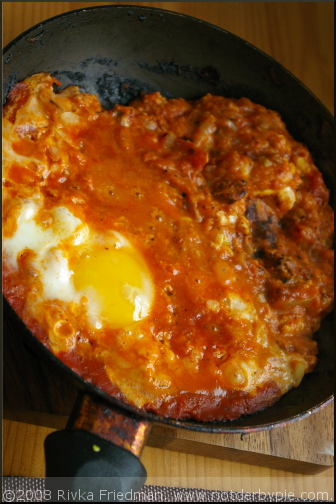
Shakshuka
- 2 eggs
- 2 cups tomato sauce
- 2 Tbsp. chopped onion or shallot
- 1/4 tsp. aleppo pepper
- 1 Tbsp. olive oil
- salt
In an omelet pan, sweat the onion in the olive oil over medium heat until translucent, stirring constantly, about 1 minute. Try not to let the onions burn -- though if they brown a bit it's no biggie.
Add the pepper and toss to coat; add the tomato sauce all at once, have an apron on so that it doesn't pop all over you, and stir to incorporate the onions.
Crack the eggs, one by one and side by side, into the tomato sauce. Turn up the heat to medium high. Cover the pan with a piece of tin foil or a larger pan. Leave be for a minute.
When you uncover the pan after a minute or so, you'll notice that the eggs have started to develop a skin; if you prefer your shakshuka cooked incorrectly, as I do, start to break up the yolks with a fork and stir into the sauce. Otherwise, just leave them as they are. Use a spatula or fork to scrape the burnt bits of sauce from the bottom of the pan.
After about 4 minutes, your eggs should be fully cooked and salmonella free. Traditionally, the shakshuka would be brought to the table in the pan, and people would scoop portions onto their plates there. Alternatively, scoop one egg and a fair amount of sauce onto each person's plate, and serve good, crusty bread alongside.
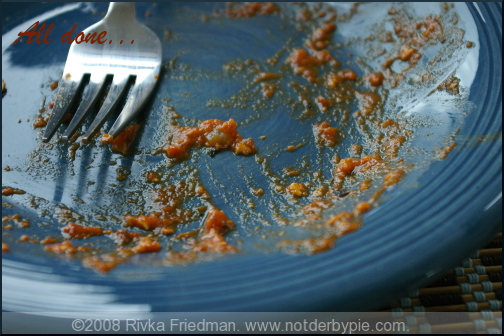
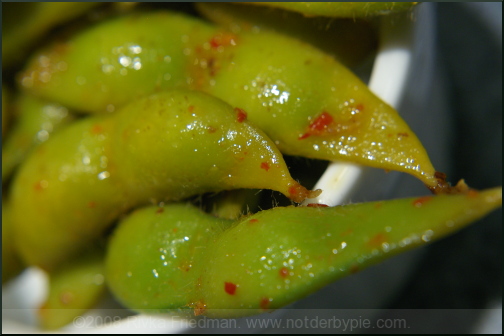 Edamame rarely find their way into my kitchen, and I really don't know why. They're a perfect addition to salads, an easy and elegant appetizer, and a perfect snack, but I can't think of the last time I bought them. No, really, I don't think I've every bought them. The ones in these pictures were leftover from my birthday party. Dina, another one of the birthday girls, made this easy recipe and I've been trying to figure out how to recreate it ever since.
Edamame rarely find their way into my kitchen, and I really don't know why. They're a perfect addition to salads, an easy and elegant appetizer, and a perfect snack, but I can't think of the last time I bought them. No, really, I don't think I've every bought them. The ones in these pictures were leftover from my birthday party. Dina, another one of the birthday girls, made this easy recipe and I've been trying to figure out how to recreate it ever since.
